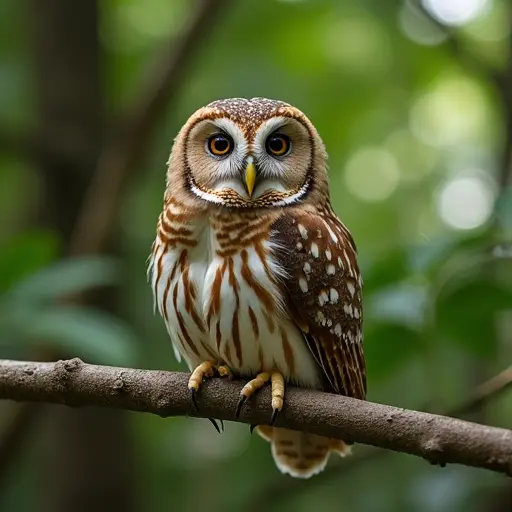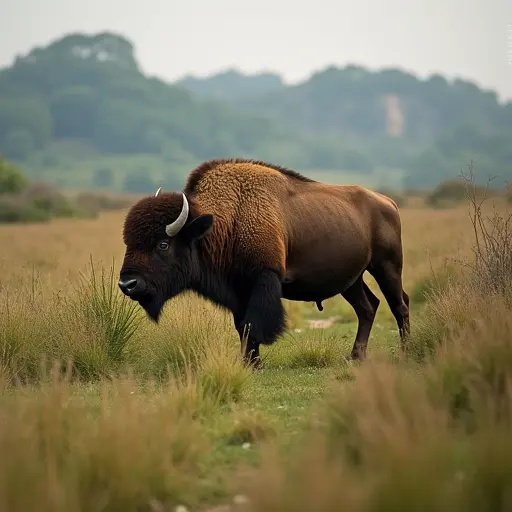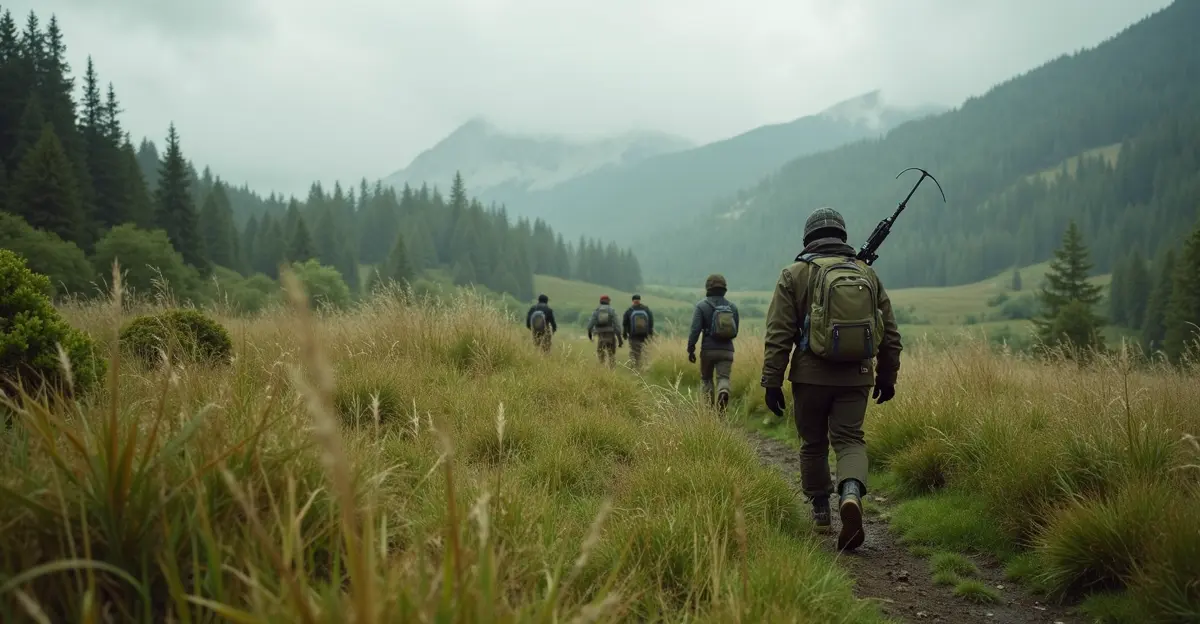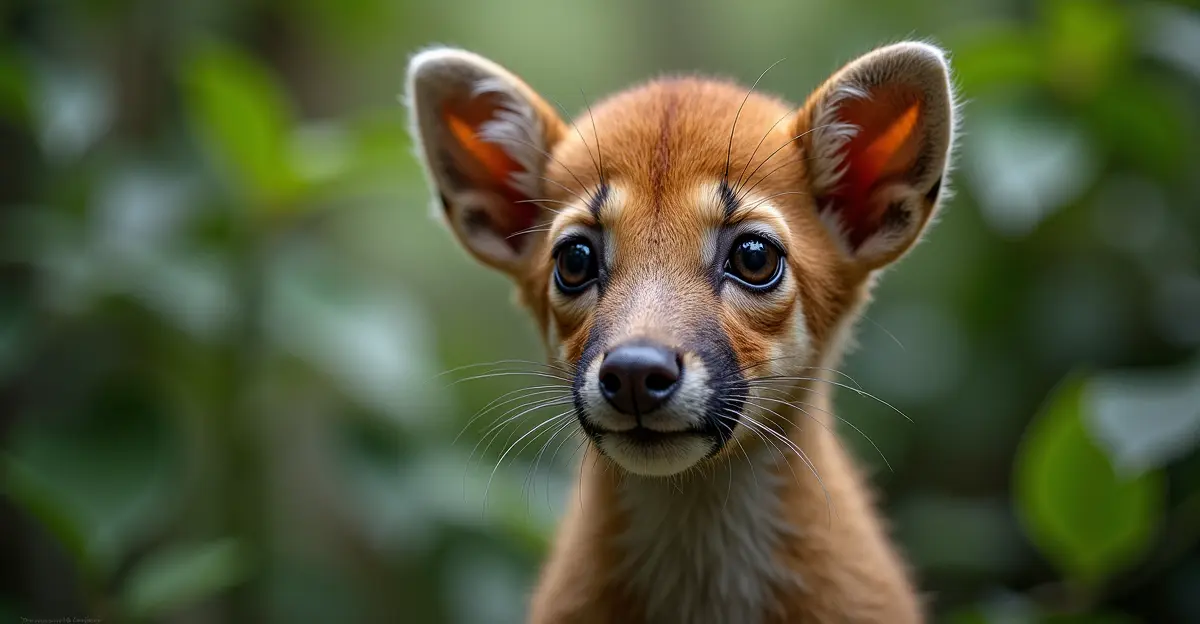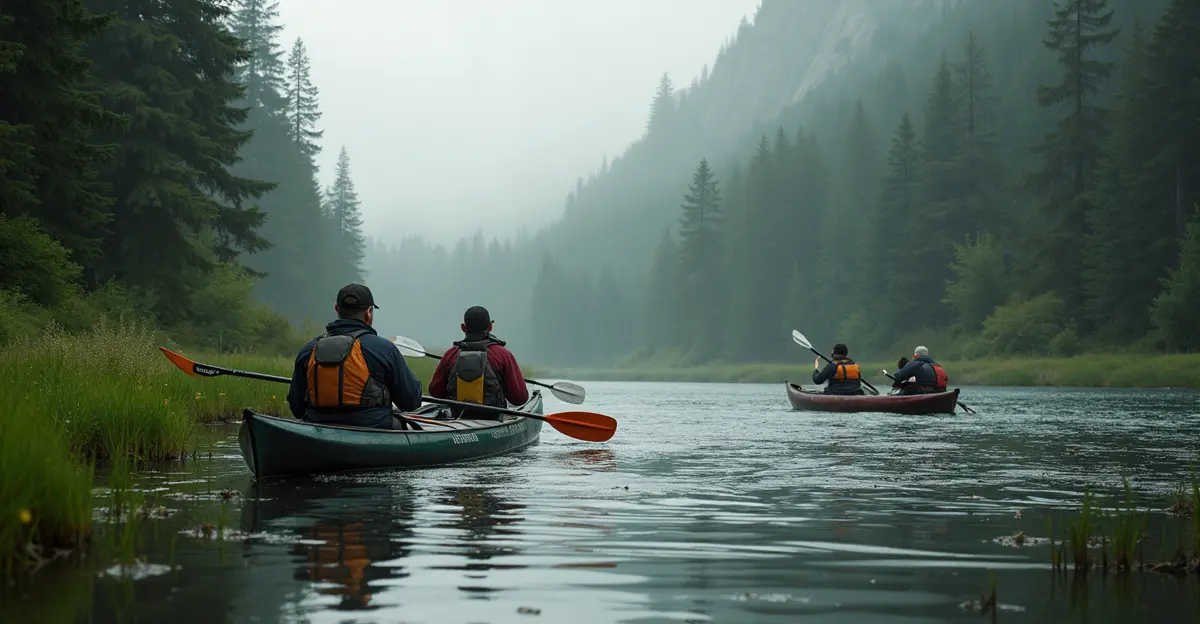European bison populations have surged from near extinction to 7,000 individuals, transforming ecosystems through grazing and seed dispersal while facing ongoing conservation challenges.
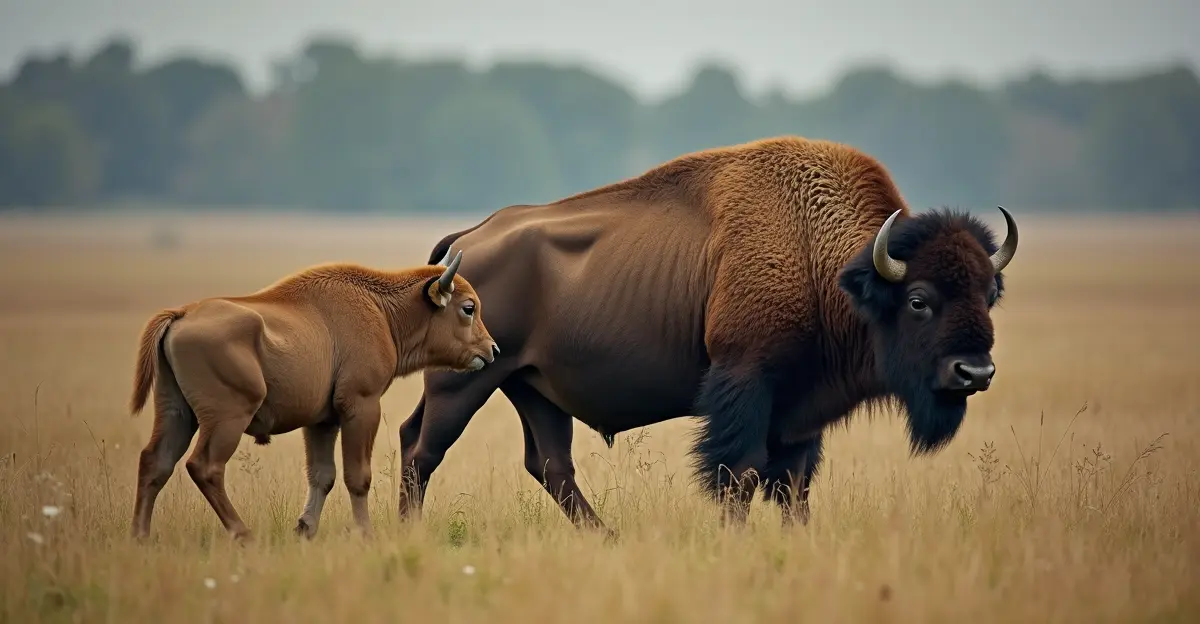
The Remarkable Return of Europe's Largest Land Mammal
The European bison, once pushed to the brink of extinction with only 54 individuals remaining in European zoos by 1924, is making a stunning comeback across the continent. Through coordinated conservation efforts, free-roaming populations have surged from just over 2,500 to around 7,000 individuals over the last decade, marking one of Europe's most successful wildlife recovery stories.
Conservation Success Story
Rewilding Europe, established in 2011, has been at the forefront of these efforts, establishing populations of over 100 bison in Romania's Southern Carpathians and reintroducing them to Bulgaria's Rhodope Mountains for the first time since the Middle Ages. 'The European bison represents one of our greatest conservation achievements,' says Frans Schepers, co-founder of Rewilding Europe. 'From near extinction to thriving populations, their recovery demonstrates what's possible when we work together.'
The species was officially downgraded from "Vulnerable" to "Near Threatened" on the IUCN Red List in 2020, a significant conservation milestone. However, recent events in Romania's Țarcu Mountains, where 23 bison died between August and September 2025, have highlighted ongoing challenges. 'While concerning, these natural mortality events shouldn't overshadow our broader success,' explains a WWF-Romania spokesperson. 'They emphasize the need for coordinated protection strategies.'
Ecological Impact and Biodiversity Benefits
As Europe's largest living land mammal, weighing up to 850 kg, bison play a crucial ecological role that extends far beyond their impressive size. Recent research published in Forest Ecology and Management provides empirical evidence that bison significantly increase plant species richness in forest habitats.
'Our eight-year study shows bison grazing increases vascular plant species richness, particularly benefiting graminoids, and enhances bryophyte abundance,' says lead researcher Dr. Elena Popescu. 'The effects are most pronounced in oak forests with dense ground vegetation, where bison create diverse microhabitats through their feeding and movement patterns.'
Bison transform ecosystems through multiple mechanisms: plant biomass removal, zoochorous seed dispersal, and creation of wallows and other microhabitats. A single bison can consume 32 kilos of bark daily, and herds can significantly reshape forest ecosystems by opening up dense woodlands and allowing light to reach the forest floor.
Challenges and Future Directions
Despite the success, challenges remain. Genetic vulnerability from a small gene pool, habitat limitations, and isolation of populations threaten long-term sustainability. With 77% of free-living subpopulations functionally isolated, conservationists face the challenge of creating connected habitats in densely populated European landscapes.
Three major conservation organizations - WWF-Romania, Rewilding Romania, and WeWilder - are urgently calling for a National Action Plan following the 2025 mortality events in Romania. Authorities have halted new bison transports in 2025 as a precaution against livestock diseases in Europe.
'We're at a critical juncture,' notes conservation biologist Dr. Maria Schmidt. 'The debate now centers on how much human intervention is appropriate - from participatory conservation to more hands-off rewilding approaches. Finding the right balance will determine the future of bison in Europe.'
The economic benefits are also becoming apparent. Bison have become drivers of eco-tourism in local communities, creating new opportunities for nature-based businesses while supporting biodiversity conservation.
Looking Ahead
As Europe continues to grapple with biodiversity loss and climate change, the bison's return offers hope and practical solutions. Their ability to shape landscapes, disperse seeds, and enhance biodiversity through natural processes makes them invaluable allies in ecosystem restoration.
'Bison are more than just animals - they're ecosystem engineers,' concludes Schepers. 'Their return represents a shift toward working with nature rather than against it, creating more resilient and diverse landscapes for future generations.'

 Nederlands
Nederlands
 English
English
 Deutsch
Deutsch
 Français
Français
 Español
Español
 Português
Português




